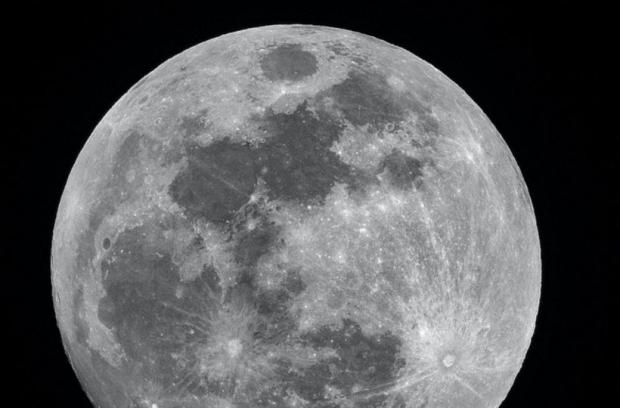
Breaking News
 CDC to end animal testing in groundbreaking decision that will impact hundreds of experiments
CDC to end animal testing in groundbreaking decision that will impact hundreds of experiments
 Once-thriving shopping mall in ailing Democrat-run city is eerily empty on last Sunday before...
Once-thriving shopping mall in ailing Democrat-run city is eerily empty on last Sunday before...
 One-of-a-kind trimaran is set to be pedaled around the world
One-of-a-kind trimaran is set to be pedaled around the world
 Israel Expands Territory With 19 New Settlements In West Bank
Israel Expands Territory With 19 New Settlements In West Bank
Top Tech News
 Perfect Aircrete, Kitchen Ingredients.
Perfect Aircrete, Kitchen Ingredients.
 Futuristic pixel-raising display lets you feel what's onscreen
Futuristic pixel-raising display lets you feel what's onscreen
 Cutting-Edge Facility Generates Pure Water and Hydrogen Fuel from Seawater for Mere Pennies
Cutting-Edge Facility Generates Pure Water and Hydrogen Fuel from Seawater for Mere Pennies
 This tiny dev board is packed with features for ambitious makers
This tiny dev board is packed with features for ambitious makers
 Scientists Discover Gel to Regrow Tooth Enamel
Scientists Discover Gel to Regrow Tooth Enamel
 Vitamin C and Dandelion Root Killing Cancer Cells -- as Former CDC Director Calls for COVID-19...
Vitamin C and Dandelion Root Killing Cancer Cells -- as Former CDC Director Calls for COVID-19...
 Galactic Brain: US firm plans space-based data centers, power grid to challenge China
Galactic Brain: US firm plans space-based data centers, power grid to challenge China
 A microbial cleanup for glyphosate just earned a patent. Here's why that matters
A microbial cleanup for glyphosate just earned a patent. Here's why that matters
 Japan Breaks Internet Speed Record with 5 Million Times Faster Data Transfer
Japan Breaks Internet Speed Record with 5 Million Times Faster Data Transfer
Blue Origin Making Solar Cells from Lunar Regolith

Using regolith simulants, their reactor produces iron, silicon, and aluminum through molten regolith electrolysis, in which an electrical current separates those elements from the oxygen to which they are bound. Oxygen for propulsion and life support is a byproduct.
Above – Molten regolith electrolysis extracts iron, then silicon, and finally aluminum by passing a current through the molten regolith. The rising oxygen bubbles in one of our reactors show metals and metalloids being separated from oxygen. Our reactor geometry, metal extraction approach, and materials selection will enable sustained lunar operations.
This process purifies silicon to more than 99.999%. This level of purity is required to make efficient solar cells. While typical silicon purification methods on Earth use large amounts of toxic and explosive chemicals, their process uses just sunlight and the silicon from their reactor.
The harsh lunar environment means lunar solar cells need cover glass. They would only last for days without glass. This technique uses only molten regolith electrolysis byproducts to make cover glass that enables lunar lifetimes exceeding a decade.

 Advanced Propulsion Resources Part 1 of 2
Advanced Propulsion Resources Part 1 of 2

